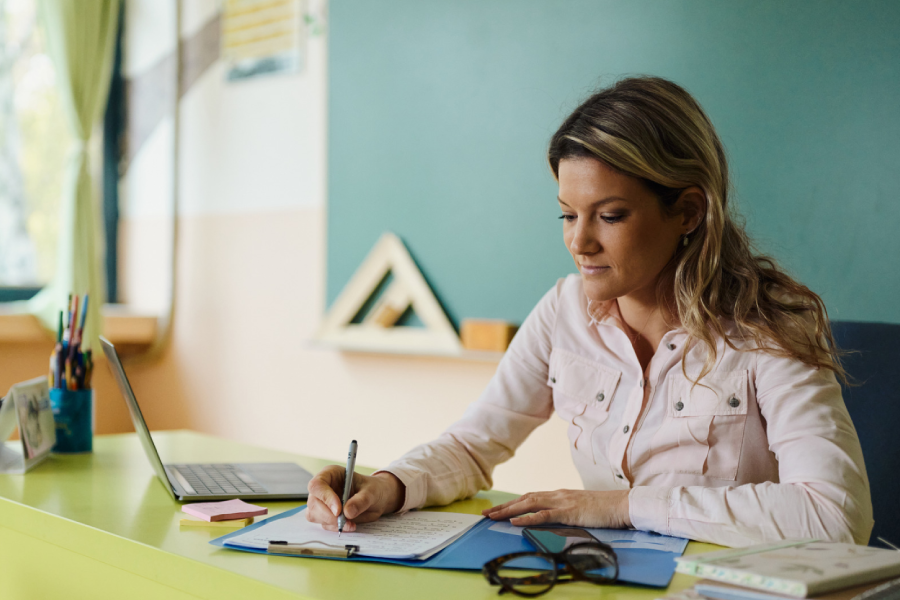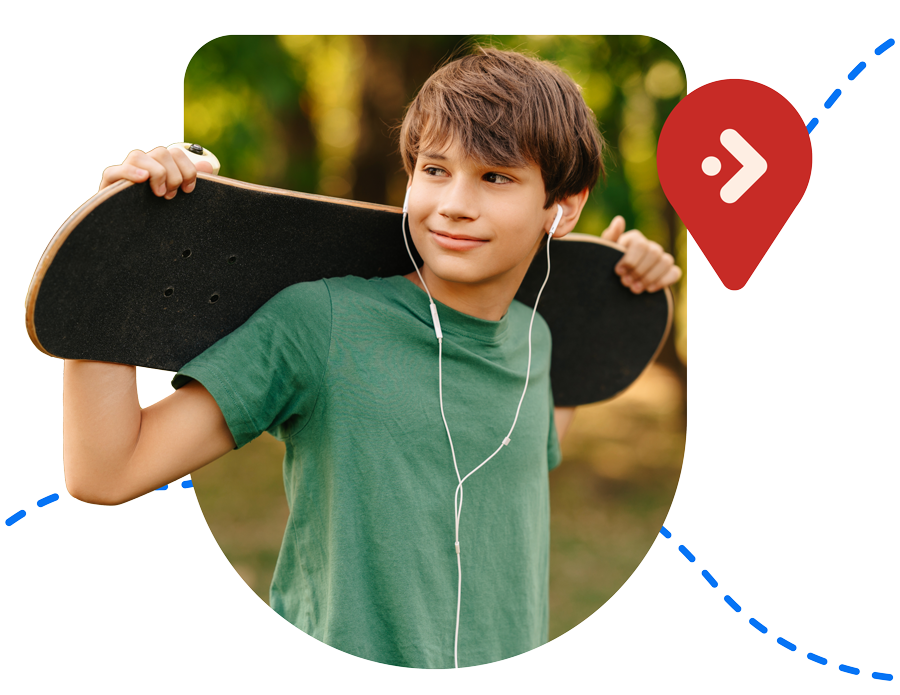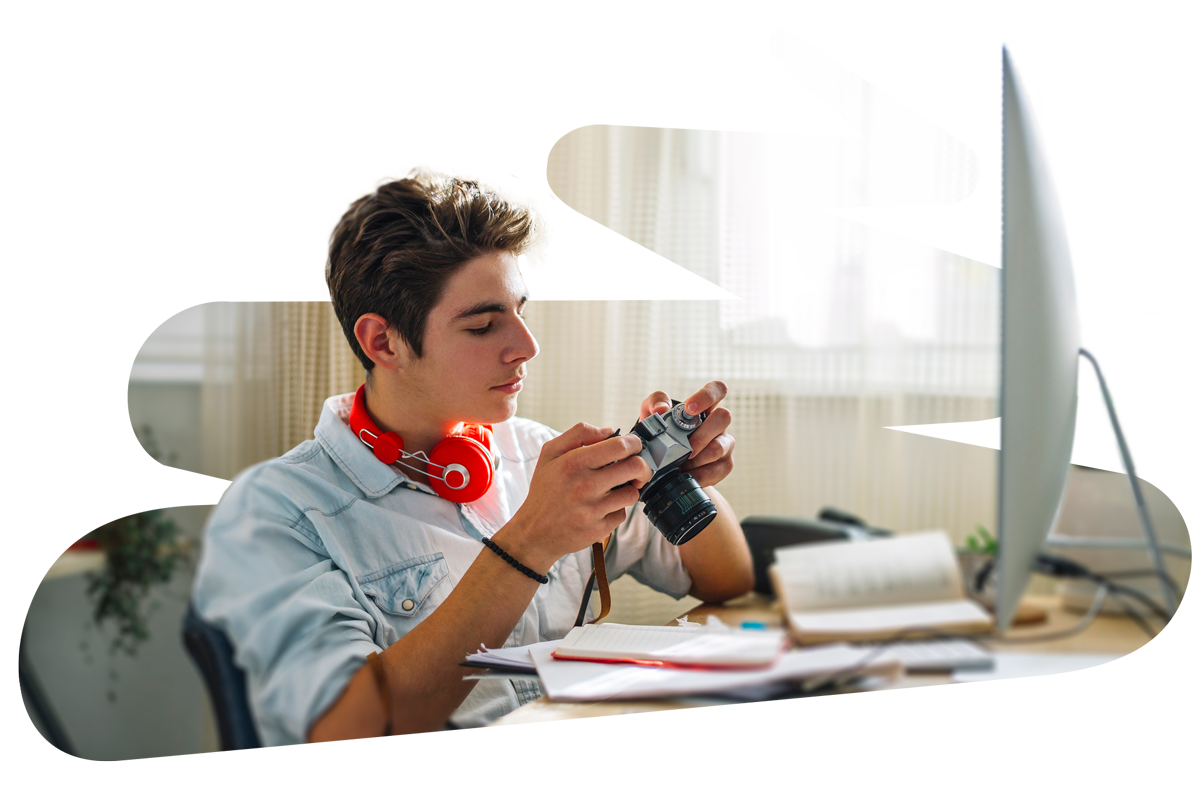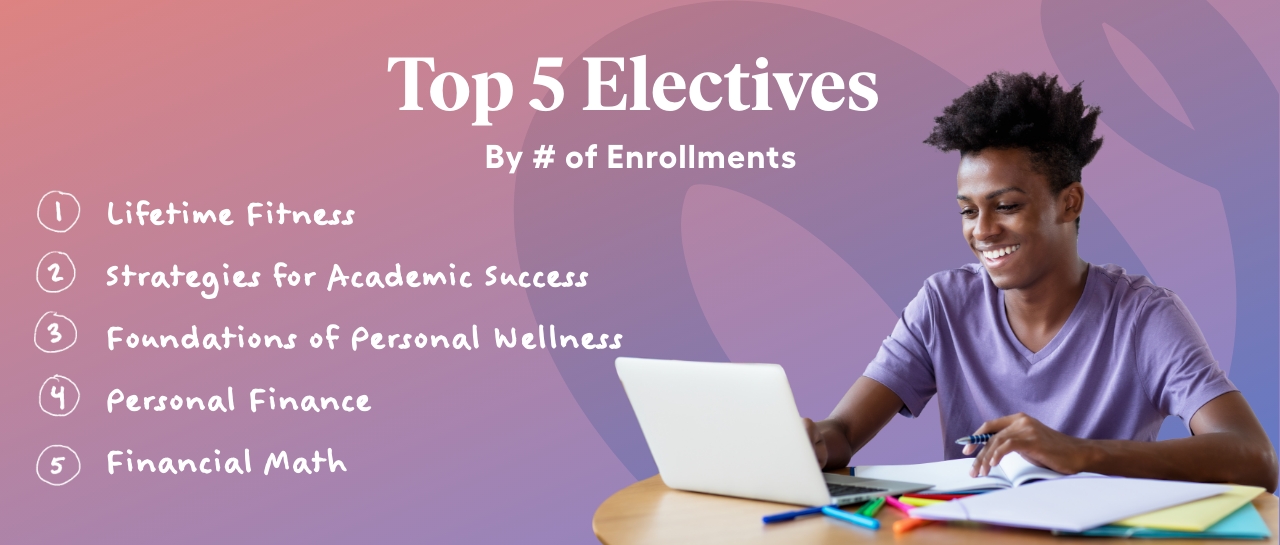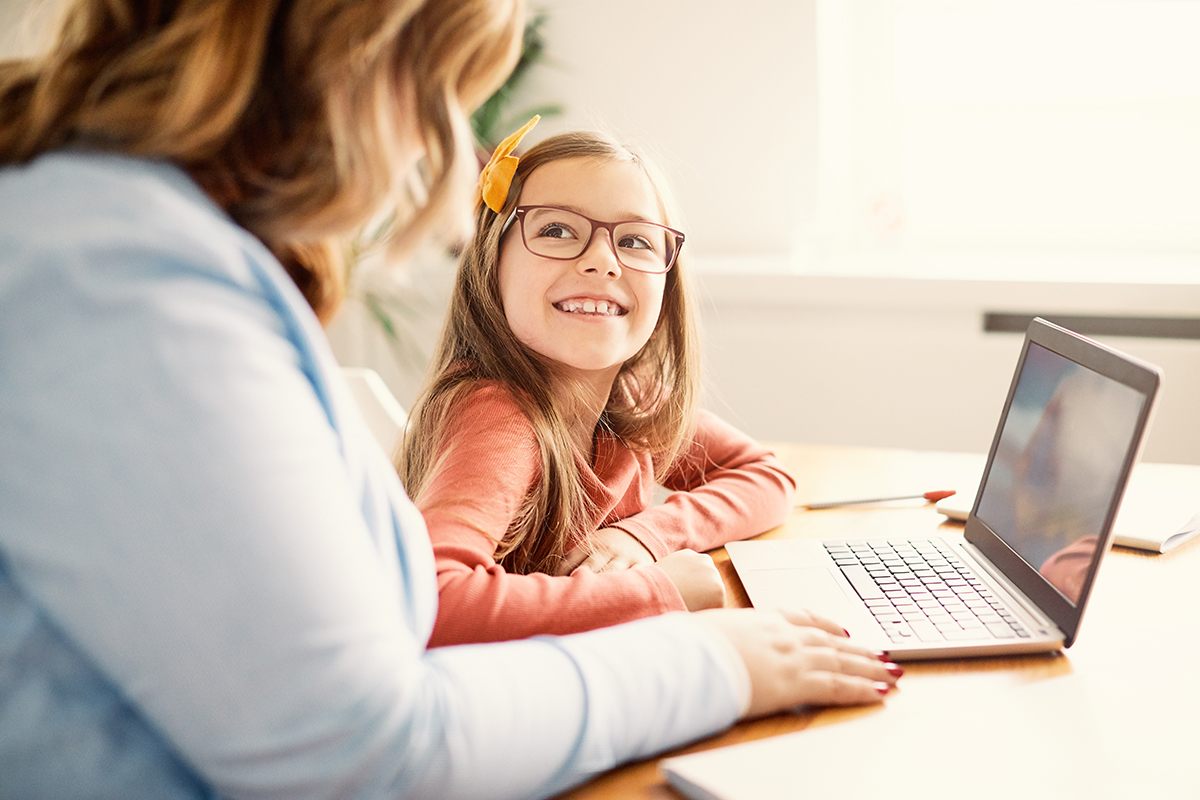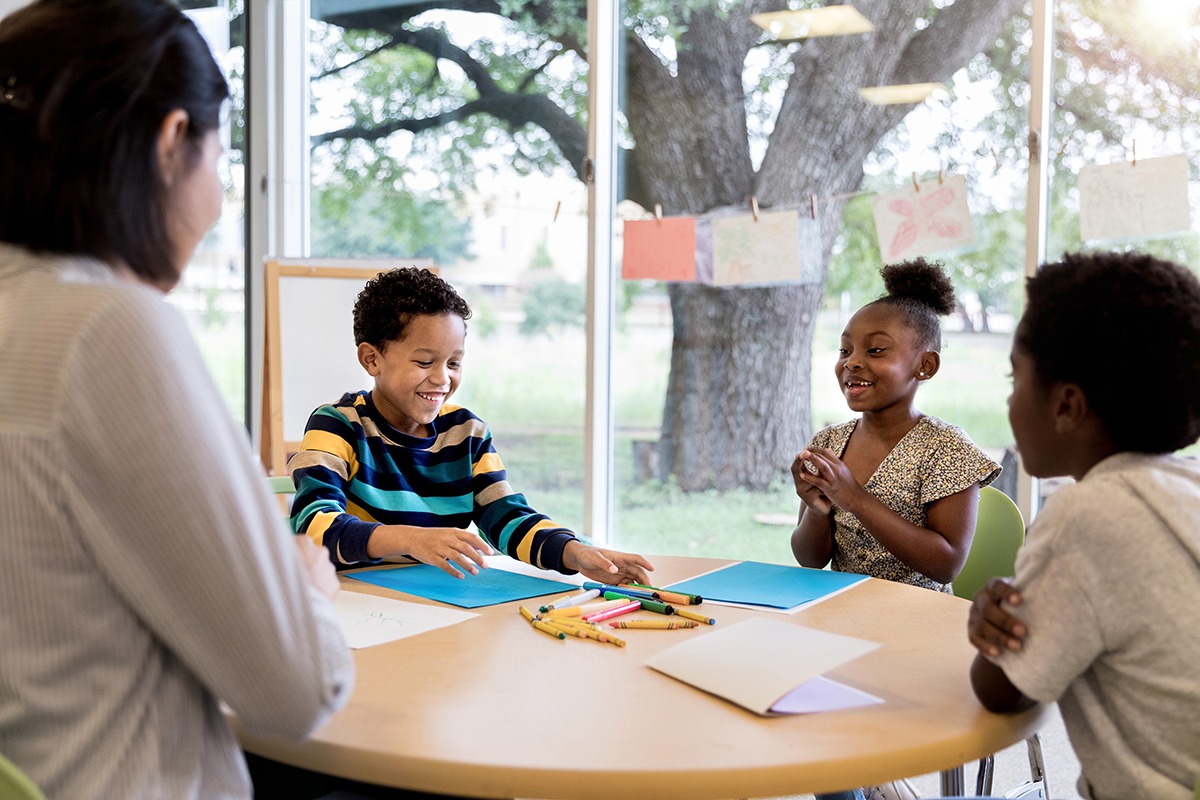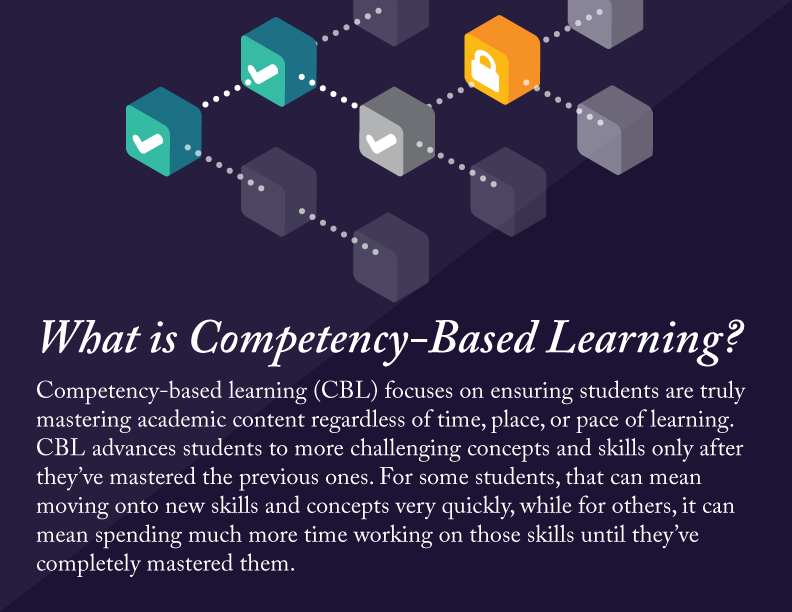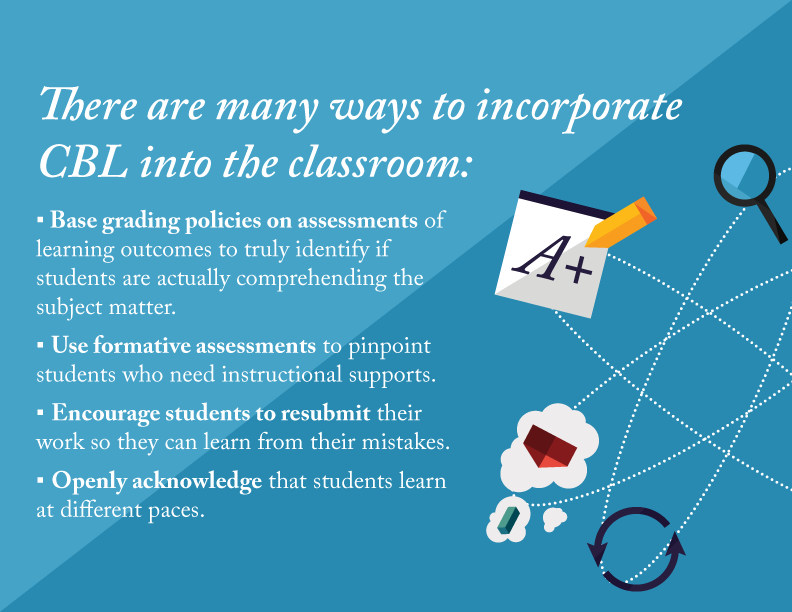April 11, 2025 12:17 pm
How Often Should We Assess? Finding the Right Balance for Student Growth
Finding the right balance in student assessment is key to maximizing learning without over-testing. This blog post explores the importance of a strategic assessment approach, highlighting how screening, diagnostic, formative, and summative assessments guide instruction. Discover how data-driven assessments provide meaningful insights while giving educators the flexibility to support student success.
Five students are out sick, your desks are rearranged in straight rows, and for some reason the Chromebooks didn’t charge last night — it must be exam day. It’s tempting to say that we should administer fewer assessments, given that they’re stressful for educators and students alike, but they exist to provide valuable data about student progress. In the quest to get that data, are students being over-tested? Or do they need more frequent check-ins to track progress and prevent gaps from forming (or widening)? The answer lies somewhere in the middle. Let’s explore the benefits of a balanced approach to testing.
The purpose of assessment
Assessment is essential for guiding instruction, but they don’t all serve the same purpose.
It looks like a lot, probably because it is! But by using a strategic mix of screening, diagnostic, and formative assessments teachers can ensure they have actionable data while minimizing over-testing.
Using data effectively without over-testing
A unified assessment suite, like Imagine+ Assessment, helps educators strike the right balance by providing high-quality data without excessive testing. Instead of overwhelming students with assessments, educators can focus on actionable insights that directly impact instruction.
Assessments should work for educators and students — not add unnecessary stress or take away from valuable learning time. The key is finding the right balance, using a strategic mix of screening, diagnostic, formative, and summative assessments to gather meaningful data without overburdening classrooms. When assessments are thoughtfully planned and used to drive instruction, they become a powerful tool for identifying student needs, guiding intervention, and ensuring progress. By prioritizing quality over quantity, educators can worry less about desk arrangements and Chromebook chargers and focus on what matters most — helping students grow and succeed.
About the Author – Ally Jones
Ally Jones is a former high school educator who specialized in teaching English language learners. Outside of education, she is passionate about fitness, literature, and taking care of the planet for her son’s generation.
